This pine vinegar cleaner takes minutes to make – with just two ingredients
Add pine cuttings to vinegar to make a natural cleaning product that smells so much more festive than store-bought
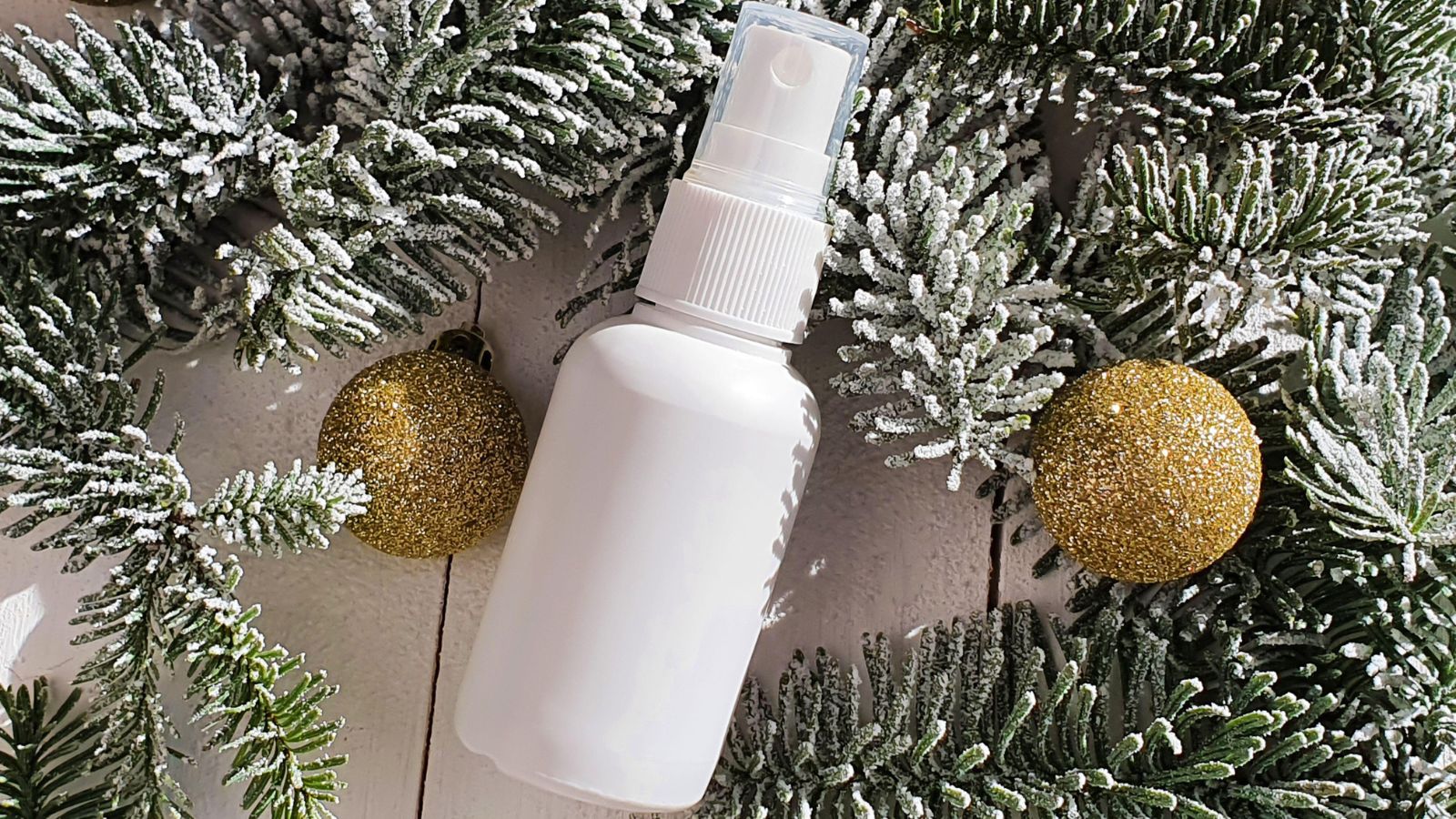

It is no secret that white vinegar makes an excellent household cleaner but it is not the nicest-smelling option, and, while you could add some essential oil, you would need an awful lot to make any difference.
When I first saw a TikTok trick that involved soaking Christmas pine needles in vinegar for a festively scented home cleaner, I knew I had to give it a try. After all, it seemed a little too good to be true. My first thoughts were that cleaning with vinegar would become somewhat sticky, or that it wouldn't really smell of pine at all. It turns out, I was wrong on both counts.
Over the past three weeks, I have been putting this homemade cleaner to the test. This is how I got on.
How to make pine-scented vinegar
While we all know vinegar is an effective cleaning fluid, particularly good at removing limescale or bringing a streak-free shine to windows, no one likes its smell (except in salad dressing). However, it is a lot cheaper and less environmentally damaging than many highly-scented commercial cleaning products, so if you can scent it effectively, why not?
Scenting vinegar for cleaning is not a new process, in fact, scenting vinegar with orange peels has been done for years. This pine-scented vinegar, however, has more benefits than just making a home smell good for Christmas. Studies have shown that pine needles have some antimicrobial properties, making a pine-scented vinegar cleaner a good anti-bacterial spray for general use around your home.
Here is how to make it in only three steps.
1. Pick branches from a Christmas tree that are still green and dry to the touch
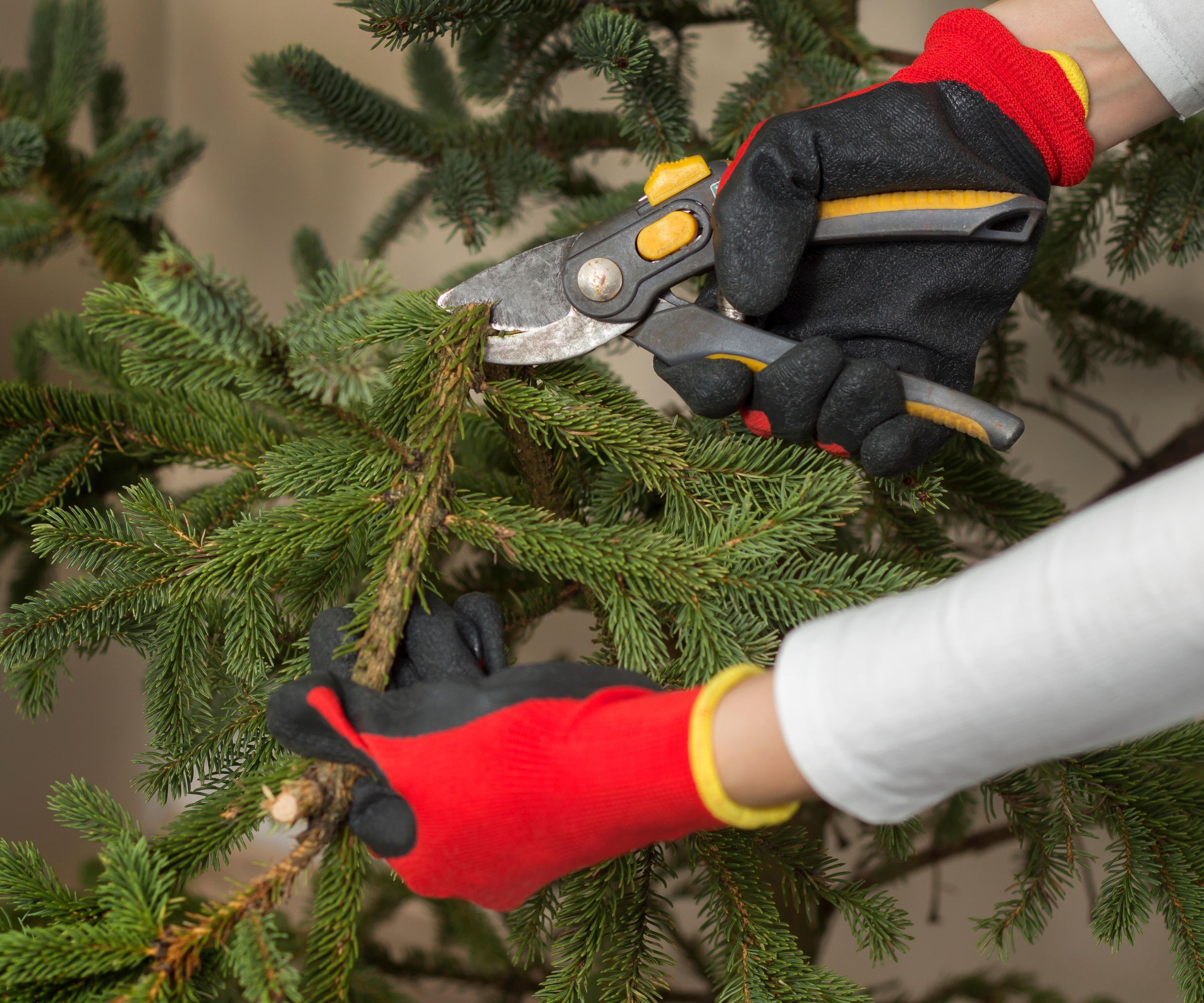
The first step in making the pine-scented cleaner is to pick some needles from your tree or Christmas wreath. Different pine trees have different scents so the type of foliage you have will change the scent of the spray accordingly.
You should aim to cut fresh sections of branches for the best results as needles that have already fallen from a tree have often already begun to lose their scent. If you are collecting your cuttings from outdoor trees, make sure to give the branches a shake and even run them under some water to make sure they are free of any small insects – just make sure to dry them off afterwards.
2. Soak the cuttings for as long as possible
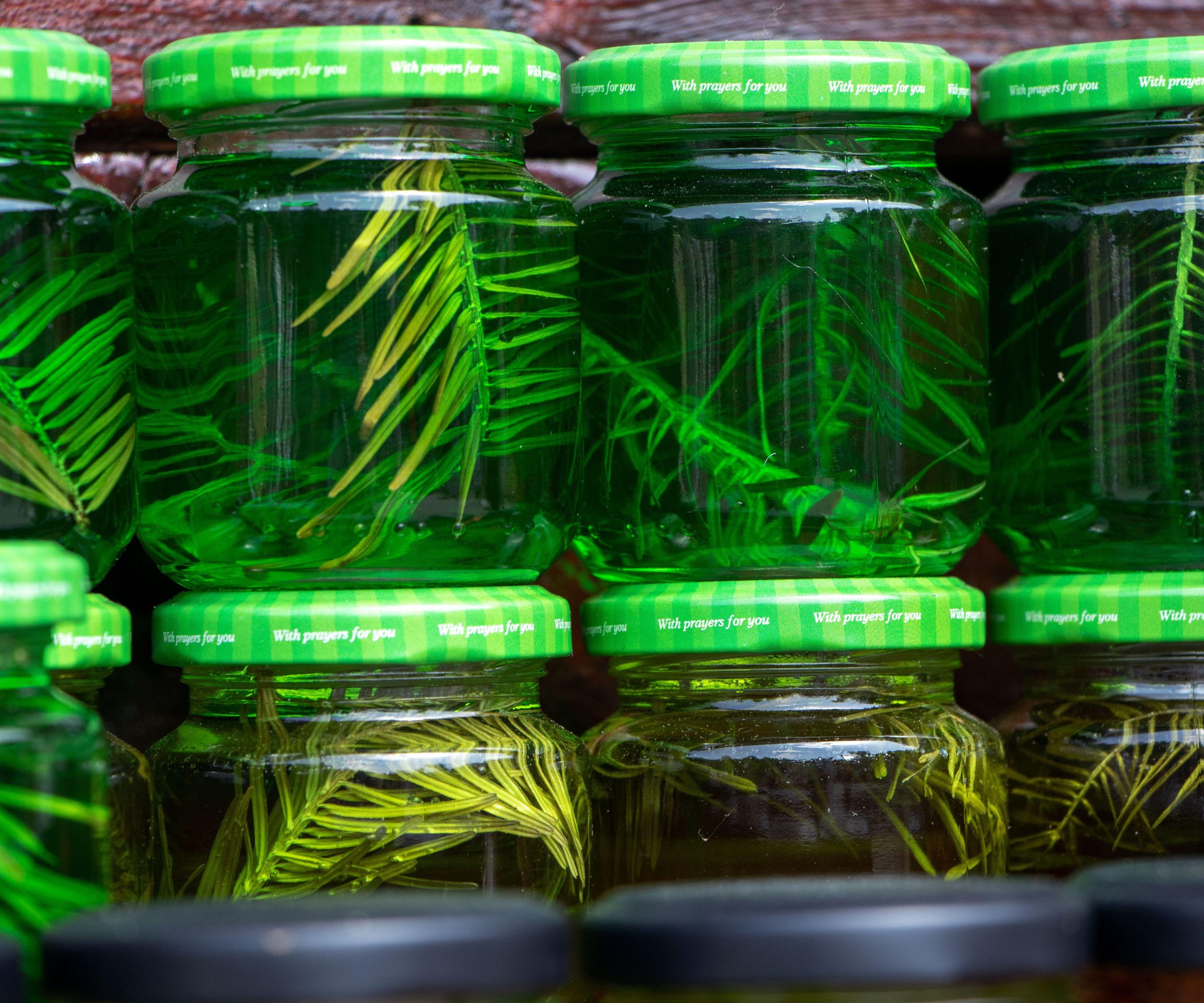
While you can soak the needles in vinegar in a spray bottle from the start, I found that soaking the needles in an air-tight Mason jar such as these on Amazon yielded slightly better results and allowed me to reserve some vinegar solution for mixing into other cleaners later down the line.
I simply squashed all of my cuttings (I fit around five cuttings in total) into the jar before pouring in plain white vinegar until the branches were fully submerged. I over-tightened the lid to make sure that no additional air could get in and the vinegar did not leak out before leaving the jar in a cool, dark place – I popped mine under my kitchen sink – and left for as long as possible.
Two weeks is the minimum, but the longer you leave it, the most potent the pine scent.
3. Transfer to a sealable bottle for easy use
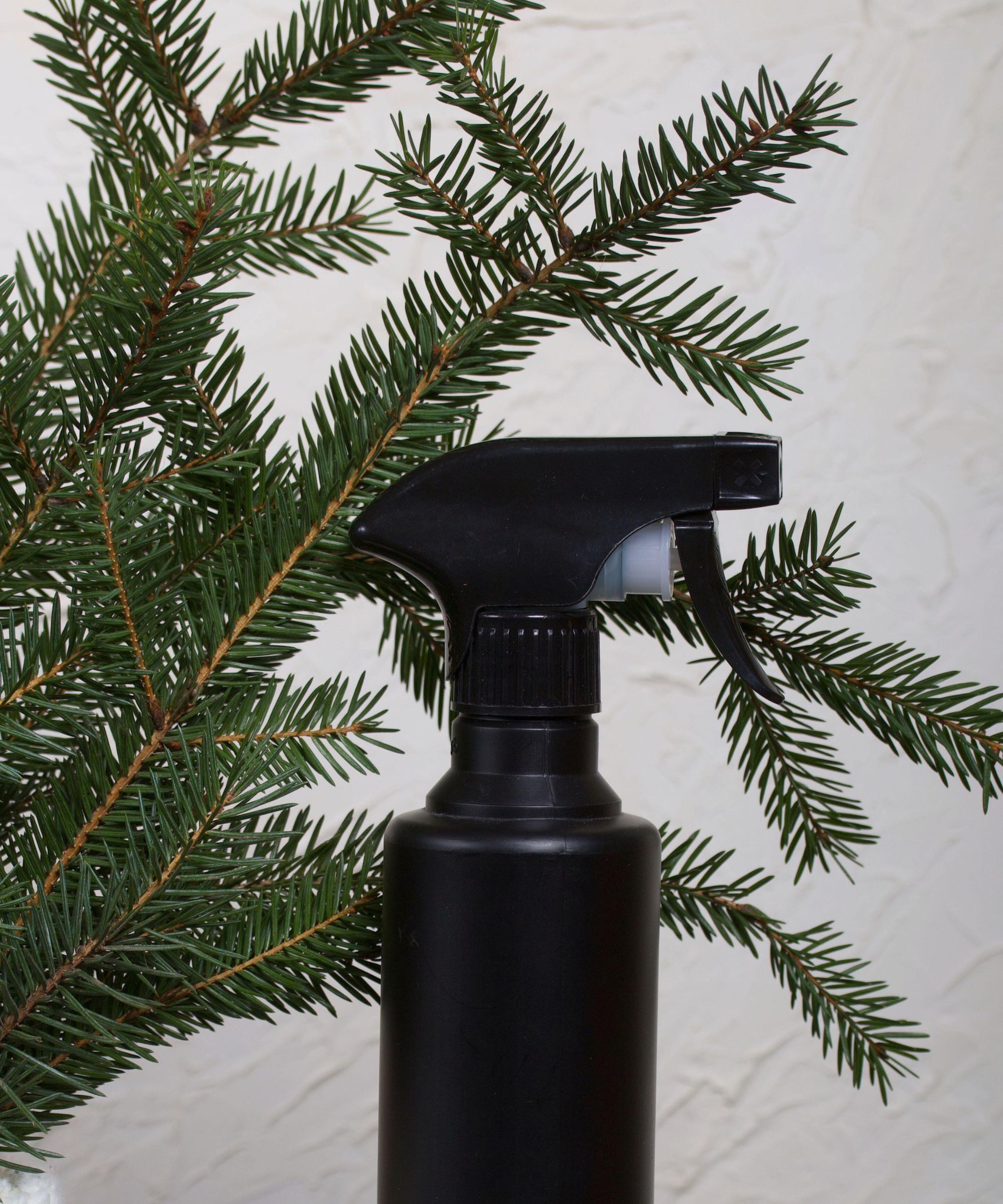
Once the vinegar has turned a dark, golden color, the cleaner is ready. For the purpose of testing this method, I left my cleaner undisturbed in the jar for only three weeks, and, while I could definitely make out a pine smell, it wasn’t as strong as I would have liked. Regardless, the process definitely took some of the acrid smell out of the vinegar.
Once it has turned dark and reached a scent agreeable to you, use a funnel to transfer only the liquid to a clean, empty spray bottle (there are plenty available on Amazon) to use straight, or into a plain sealable bottle ready for dilution. If you have one, you can dispose of the pine needles in a compost bin.
Once sealed, the vinegar will remain usable indefinitely.
How to use pine-scented vinegar
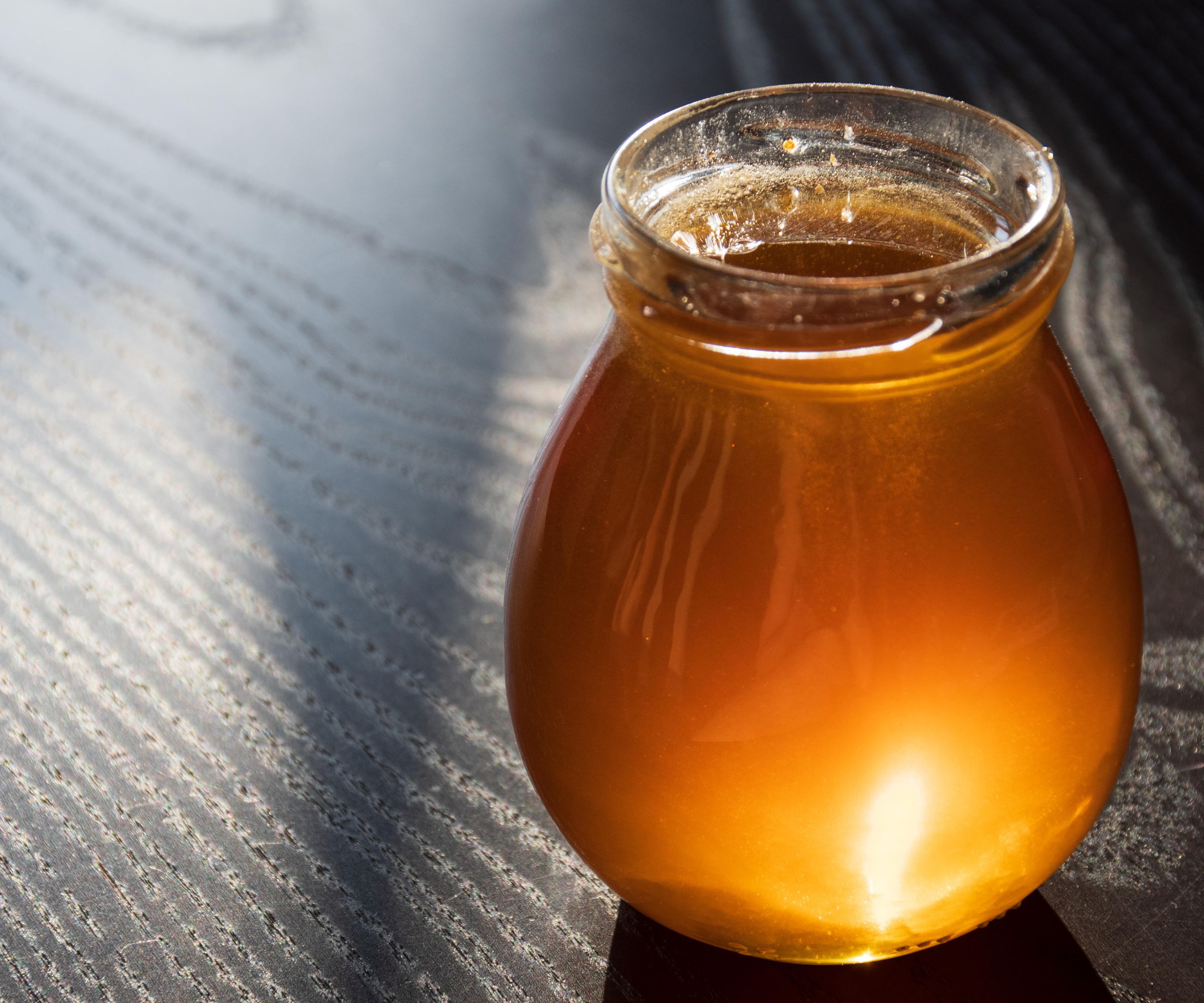
As with many homemade cleaners, pine-scented vinegar can be used straight for tough cleaning or mixed into solutions for targeted cleaning around the home. It is important to familiarize yourself with what not to clean with vinegar before scrubbing your whole house with it, however, to prevent damage.
1. Use the solution straight for a tough degreaser and descaler
While it is often a better idea to dilute the vinegar with water when cleaning around the home, there are a few instances where the pine-scented vinegar works wonders in its purest form. When cleaning a bathroom, for example, pine vinegar can be used to remove tough water stains in showers and on taps.
It works similarly when cleaning a kitchen, with straight vinegar cutting through water stains and grease build-up on stainless steel.
2. Mix pine vinegar with water for a streak-free window cleaner
Mixing equal parts distilled water (just boil water and leave it to cool to achieve this at home) and pine vinegar makes an effective window cleaner that helps to remove grease and prevent streaking. The good news is that this method also works to clean mirrors without streaks, too.
It is important to know that diluting the vinegar in this way means it will not keep as long as it does when kept straight. Pine vinegar diluted with water has a shelf life of around two months, rather than indefinitely.
3. Combine the vinegar with water and soap for a no-rinse, multi-purpose scented spray
The most common way I used the pine vinegar solution was as a multi-purpose spray around my home. I diluted half a cup of vinegar with three cups of distilled water and a squeeze of dish soap so that it was not as harsh. This could then be used to generally wipe down countertops, sinks, tables, and even my floors.
Can I mix Pine Sol and vinegar?
You can mix Pine Sol or pine-scented oils with vinegar to make a less offensive-smelling cleaning solution. This is often a much quicker method than soaking your own pine needles for months, however, it does use artificial scents that may not be desirable for some households
Can you add fragrance to vinegar for cleaning?
There are plenty of things you can add to vinegar to add fragrance for cleaning. Pine is a great option for around the holiday season, citrus peels like lemon and orange are fresh-smelling options for spring and summer, and herbs like rosemary, thyme, and sage can make a wonderful earthy-smelling cleaner in fall.
It is also possible to add essential oils to vinegar to help neutralize the pungent smell, but it often requires quite a bit of oil to make a difference.
Sign up to the Homes & Gardens newsletter
Design expertise in your inbox – from inspiring decorating ideas and beautiful celebrity homes to practical gardening advice and shopping round-ups.

Chiana has been at Homes & Gardens for two years and is our resident 'queen' of non-toxic living. She spends most of her time producing content for the Solved section of the website, helping readers get the most out of their homes through clever decluttering, cleaning, and tidying tips. She was named one of Fixr's top home improvement journalists in 2024.
-
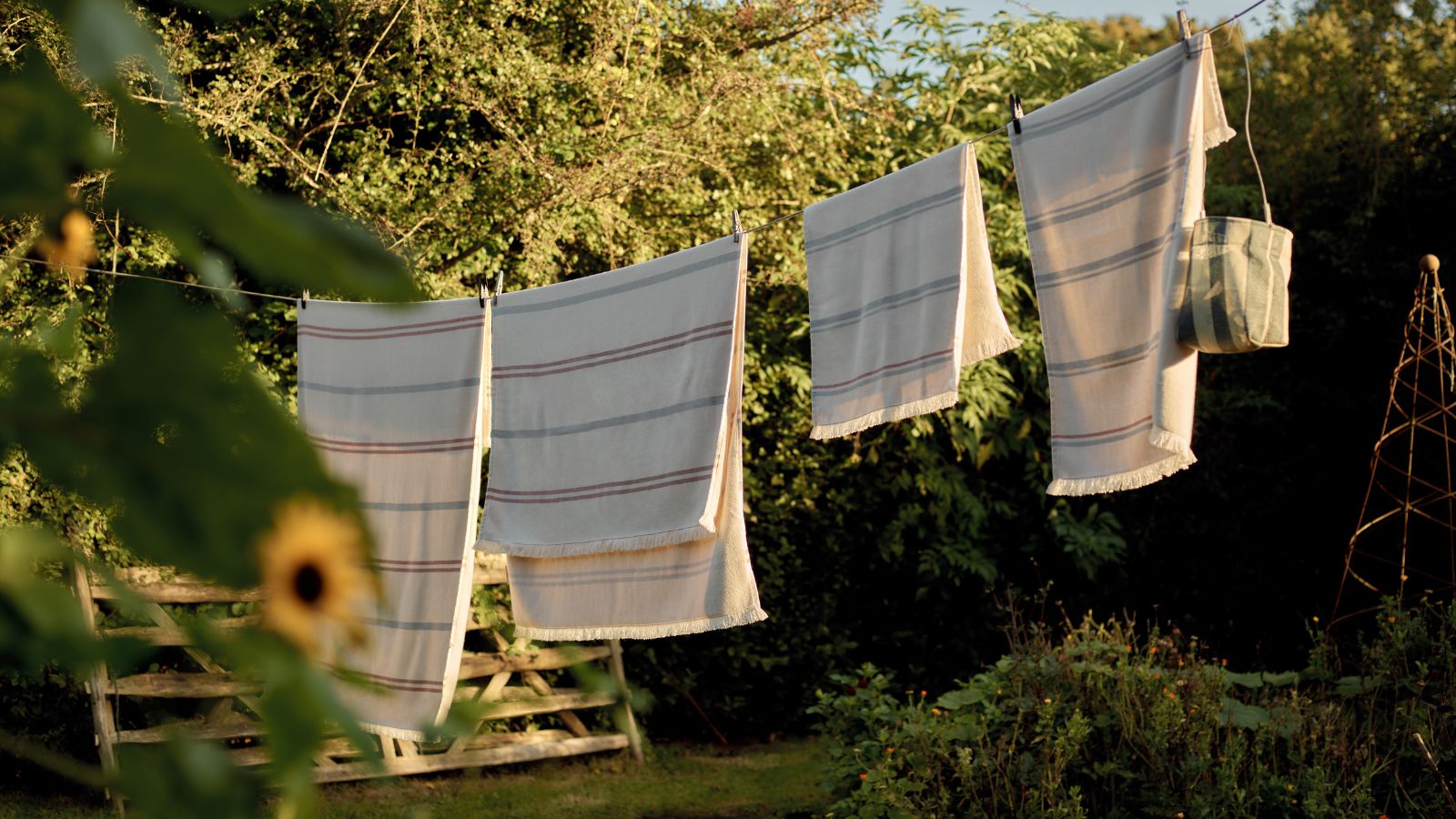 Should you dry your clothes outside if you have hayfever? Allergy specialists warn sufferers to steer clear of this 'major trigger'
Should you dry your clothes outside if you have hayfever? Allergy specialists warn sufferers to steer clear of this 'major trigger'Doing so can trigger asthma, coughing, itchy eyes and more
By Sophie Warren-Smith
-
 Lenny Kravitz says design is 'just like music' – and the stunning materials of this bedroom embody this laidback luxe approach
Lenny Kravitz says design is 'just like music' – and the stunning materials of this bedroom embody this laidback luxe approachRich textures and opulent finishes come together in a Los Angeles bedroom designed by the musician – it's ultra-chic, but relaxed
By Sophie Edwards